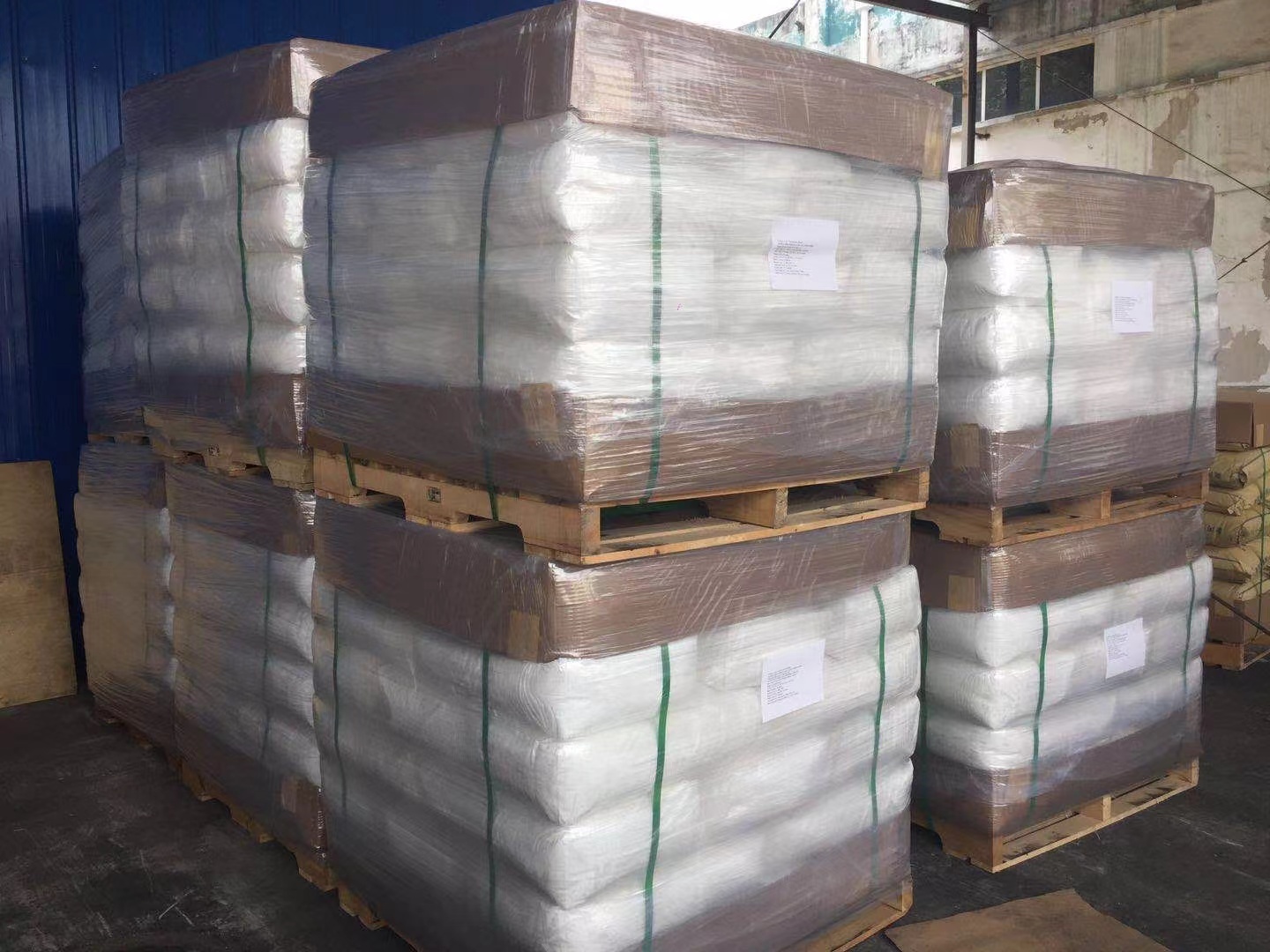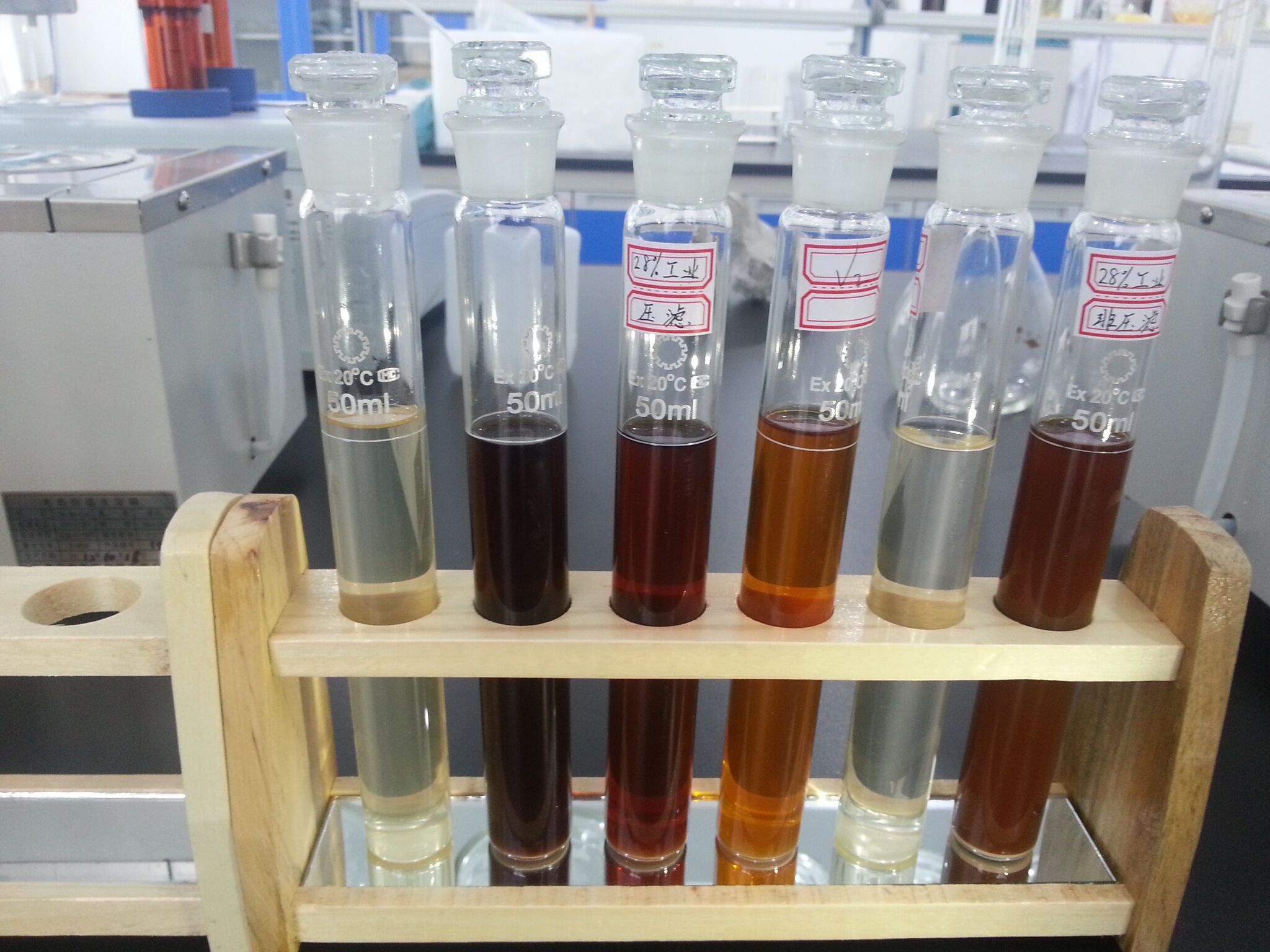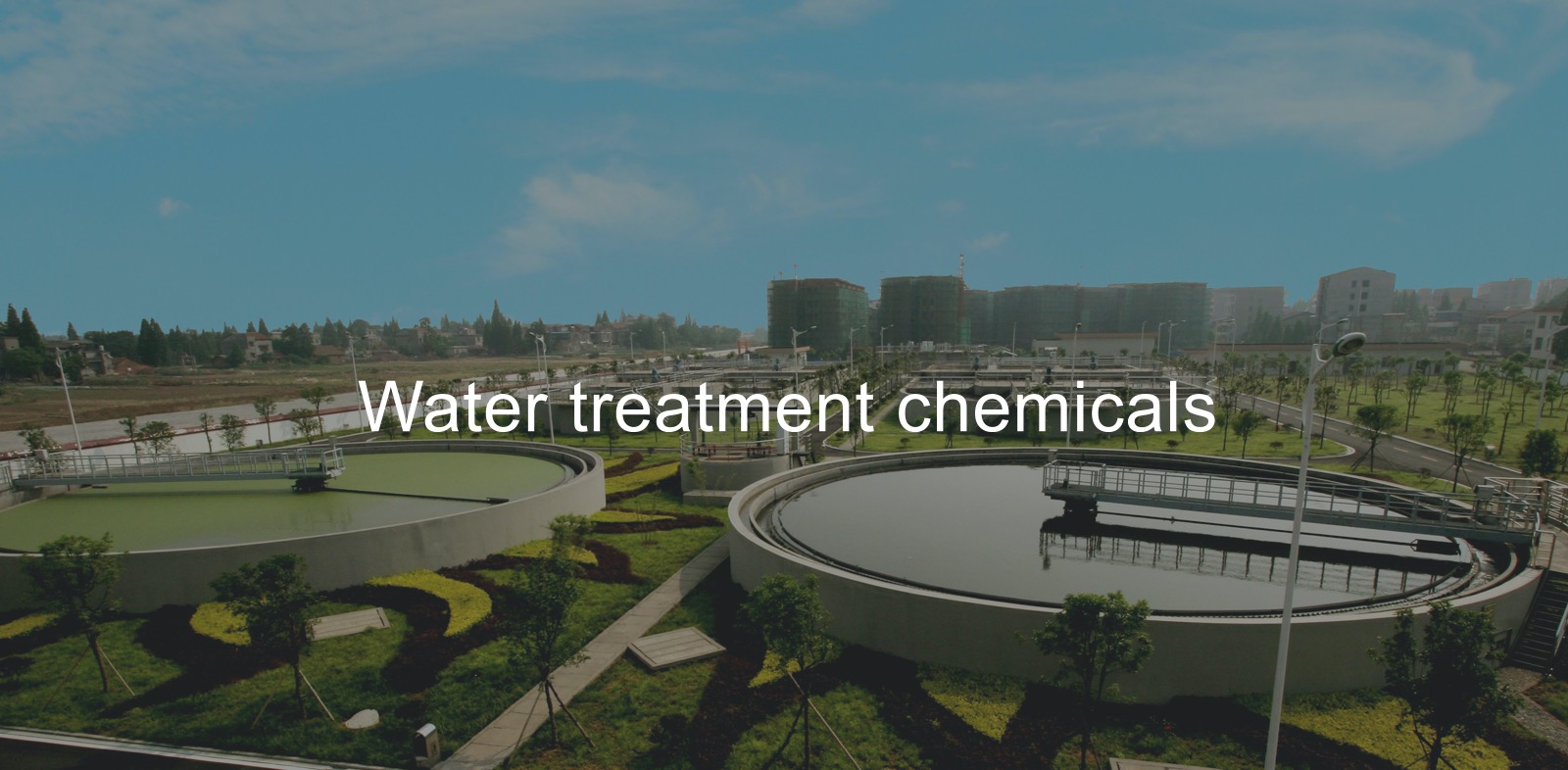The Unseen Choreographer: How Polyacrylamide Directs Water's Hidden Dance
The Unseen Choreographer: How Polyacrylamide Directs Water's Hidden Dance
Meet the Molecular Maestro
Imagine billions of dirt particles pirouetting in water – too small to settle, too charged to touch. Enter polyacrylamide (PAM), water treatment's invisible conductor. This synthetic polymer, made of repeating acrylamide units ([-CH₂CHCONH₂-]ₙ), transforms chaotic suspensions into orderly flocs through molecular-scale orchestration. Unlike metal-based coagulants like PAC, PAM works by physical entanglement, acting as a high-performance flocculant that amplifies sedimentation.
Available as powders, gels, or emulsions, PAM chains unfold in water into structures resembling molecular spiderwebs – some stretching millions of atoms long. Their secret? Adjustable "personalities":
Anionic PAM (negatively charged) for clays and minerals
Cationic PAM (positively charged) for organics and sludge
Non-ionic PAM (neutral) for pH-sensitive systems
The Floc Formation Ballet: PAM's Four-Step Performance
Bridge Building
PAM's flexible chains extend between micro-flocs formed by coagulants (like PAC), creating "polymers bridges." A single PAM molecule can connect dozens of particles into dense aggregates .Charge Patchwork (Cationic PAM)
Positively charged PAM sections neutralize negative spots on organics or bacteria, creating adhesive patches that glue particles together .Sweep Capture
As flocs grow, PAM networks drag suspended nanoparticles via van der Waals forces – like a molecular net trawling colloidal "fish" .Compression Strengthening
In sludge dewatering, PAM chains squeeze water from flocs by tightening their structure, boosting solid content by 20-40% .
Table: PAM's Water Treatment Roles
| Application | PAM Type | Key Action |
|---|---|---|
| Drinking Water Clarification | Anionic | Binds silt/PAC flocs for rapid settling |
| Municipal Sludge Dewatering | Cationic | Compresses organic flocs for landfill |
| Mining Tailings | Anionic/Non-ionic | Captures ultrafine ore particles |
| Paper Mill Wastewater | Cationic | Traps cellulose fibers & dyes |
| Oil Sands Separation | Anionic | Breaks water-oil emulsions |
Why Industry Chooses PAM: The Efficiency Edge
| Versus Traditional Methods | PAM Advantage |
|---|---|
| Gravity settling alone | 100x faster floc formation |
| Inorganic coagulants (e.g., alum) | 60-70% less sludge volume |
| Centrifuges/filters | 50% lower energy use in dewatering |
| Chemical oxidants | Non-toxic, leaves no residual pollutants |
PAM achieves this with dosages as low as 0.1–2 ppm – just a soda can's worth treats 10,000 bathtubs of wastewater .
Real-World Impact: Where PAM Transforms Industries
1. Turning Mud into Drinking Water
In the Nile River treatment plants, anionic PAM clarifies sediment-laden floodwaters. Micro-flocs from alum/PAC grow into settleable "snowflakes" within minutes, yielding crystal-clear water .
2. The Sludge Revolution
Cairo’s wastewater plants use cationic PAM to thicken sewage sludge. What was 1% solids becomes 25% solids – reducing transport costs by 80% and enabling biogas recovery .
3. Mining's Sustainability Secret
Chilean copper mines mix anionic PAM with tailings slurry. Particles clump instantly, allowing 95% water recovery for reuse in arid regions .
4. Food Factory Efficiency
A Thai cassava plant uses non-ionic PAM to capture starch from wastewater. Recovered starch earns $200,000/year while cutting treatment costs .
Safety & Innovation: Addressing Concerns
While acrylamide monomer is neurotoxic, polymerized PAM contains <0.05% residual monomer – below WHO's 0.25% limit for drinking water use . Modern manufacturing achieves <0.02% through advanced hydrolysis .
Eco-innovations underway:
Bio-PAMs: Plant-based acrylamide from sugars
Smart Flocculants: pH/temperature-responsive PAMs
Microplastic Capture: Cationic PAM variants that filter nano-plastics
Conclusion: The Polymer That Shapes Water's Future
Polyacrylamide operates at the frontier of molecular engineering – turning chaos into order, waste into resource, and murk into clarity. As climate change intensifies water scarcity, PAM’s role expands from treatment plants to agriculture (reducing irrigation runoff) and even wildfire prevention (applying erosion-control gels).
Invisible yet indispensable, this polymer proves that the smallest links – between science and sustainability – can hold the weight of our water-secure future.
"Water is the driver of nature." – Leonardo da Vinci
PAM ensures humanity keeps steering wisely.
 What is the role of Polyacryla
What is the role of Polyacryla
 How to choose the suitable pol
How to choose the suitable pol
 The application of Polyacrylam
The application of Polyacrylam
 The application of Polyalumini
The application of Polyalumini



